Body Scan Technique
Before meditation properly begins we need to relax the body.
It seems odd, but you must seriously consider the possibility that you are bad at relaxing the body.
Many people relax by brining something exterior into the body: listening to music, drinking alcohol, etc. When we attempt to relax without these things we may find it extremely difficult.
Using our own breath and a little visualization will help us enter a relaxed state. Simply by noticing our breath we begin to regulate our nervous system.
What do we notice? We notice the sensations.
Notice the sensation of air passing through your nostrils. Notice your lungs expanding and contracting. Let go of controlling your breathing and simply becoming aware of the natural rhythm of your body. This is a practice in itself called mindfulness of breathing (anapanasmrti), and there are many variations of it.
We will systematically relax the body while keeping awareness of the breath. We will divide the body into four regions:
Feet to knees
Knees to hips
Hips to shoulders
Shoulder to head
Start with the feet to knees region. Without moving, start by noticing the region of your body (starting with feet to knees). Relax any tension.
It is important that we breathe without any effort to slow it down or speed it up. The rhythm of our breath will change naturally.
For each region, we will breathe while visualizing:
As you breathe in, imagine the incoming breath entering into the blood vessels of this part of the body. Imagine it like dark, stuffy room that suddenly has all of its windows open, cleansing the stale air out.
As you breathe out, imagine the stale air as dark smoke being pulled out from the blood vessels which floats out of your body like a dark cloud.
Each region is divided into two layers:
Skin: breathe, in and out, specifically visualizing the exterior aspect (skin)
Blood: breathe in and out, visualizing the blood, nerves, tendons, and ligaments
Spend a little time on reach region. You don’t need to count breaths, but probably try to move slower rather than faster.
Feet to knees:
Outer
Inner
Knees to hips
Outer
Inner
Hips to shoulders:
Outer
Inner
Shoulder to head:
Outer
Inner
Once you have completed all this, now view your body as a whole for a little while.
Now that you are quite relaxed, imagine your entire skeleton, all your bones in your body. Imagine the space inside your bones, where the marrow is. Imagine all of your skeleton becoming more spacious, airy, light.
Spend a good while in this state.
Alternate Method
This script is only one way to do scan your body. The basic idea is that you become aware of each part of your body and relax it. It doesn’t really matter what way you do it so long as you do not skip anywhere.
Sit or lie down in a comfortable position. Gently close your eyes and become aware of your breath.
Commit yourself to drop any expectations you have about the practice, and to not judge yourself as doing ‘good’ or ‘bad’.
Imagine your attention like a spotlight focused on your left foot. Become aware any tension you have, of any muscles that are tight. Relax. Place your attention on each toe, one by one, and relax it. Visualize the muscles surrounding the bones in your foot, and imagine them becoming relaxed. Pause at least 20 seconds. Repeat this for your right foot. Pause.
Move your attention to your lower left leg (calve and shin). Notice tension and relax it. Pause again. Repeat for your right lower leg. Continue pausing between each part that is visualized.
Place attention on your left, and then right knee. Visualize all the parts in the complete relaxation.
Place attention on your upper leg. Here we have the largest muscles and bones in our body.
Move upwards to your hips.
Scan now your lower back, then your lumbar region (middle region), and the upper back.
Move around to your lower stomach. Then upper stomach and your chest.
Place attention on your shoulders.
Work your attention to your upper arms, then lower arms, then hands.
Place attention on your neck, the back of your head, then the top of your head.
Progressively place attention on your forehead, eyebrows, eyes, eyelids, cheeks, and the muscles that you use to move your nose and lips, your jaw, and your chin.
Visualize your entire body completely relaxed. Attempt to sense where your body ends and the space around you begins.
Keep breathing until you wish to end the practice.
Conclusion
Doing a practice like this will help you become aware of what it actually feels like to relax the body. Those who regularly meditate may be able to reach this state without any need to for an extended practice like this. They can quickly rest the body into deep relaxation.
It is important to understand that this is a preliminary practice. This is not actual meditation, but a preparation for meditation.
